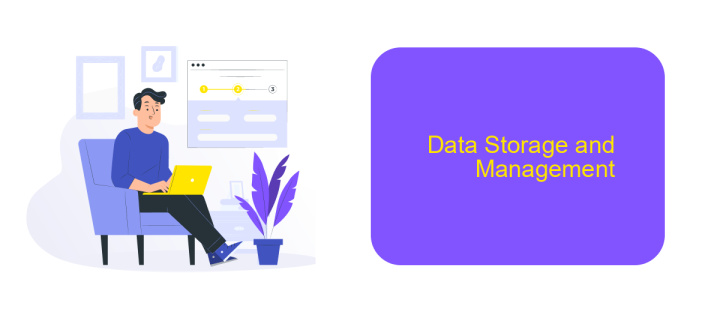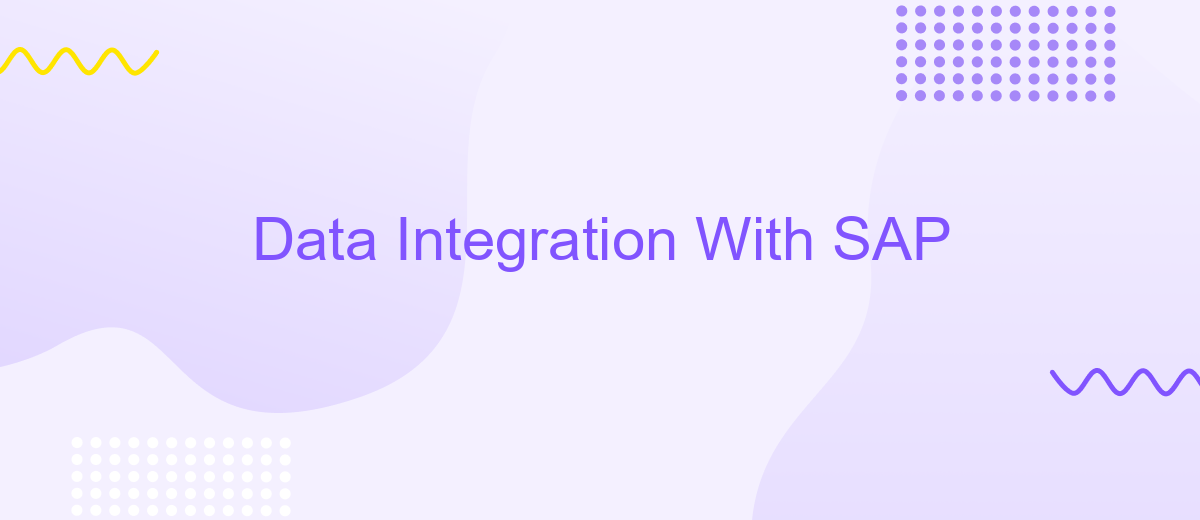Data Integration With SAP
Data integration with SAP is a crucial aspect for businesses aiming to streamline their operations and ensure seamless data flow across various systems. By leveraging SAP's robust integration capabilities, organizations can achieve real-time data synchronization, improve decision-making, and enhance overall efficiency. This article explores the key strategies, tools, and best practices for effective data integration within the SAP ecosystem.
Introduction
Data integration with SAP is a critical aspect for businesses aiming to streamline their operations and enhance data consistency across various systems. By integrating SAP with other tools and platforms, organizations can ensure seamless data flow, reduce manual data entry, and minimize errors. This not only boosts efficiency but also enables better decision-making based on comprehensive and accurate data.
- Improved data accuracy and consistency
- Enhanced operational efficiency
- Streamlined business processes
- Reduced manual data entry and errors
- Better decision-making capabilities
One of the tools that can facilitate SAP data integration is ApiX-Drive. This service allows for easy setup of integrations between SAP and various other applications without the need for extensive coding. By leveraging ApiX-Drive, businesses can automate data transfers, ensuring that their SAP systems are always up-to-date with the latest information from other platforms. This not only saves time but also significantly reduces the risk of data discrepancies.
Data Acquisition and Extraction

Data acquisition and extraction are critical components of integrating with SAP systems, ensuring that relevant data is collected and made available for analysis and decision-making. This process involves identifying the necessary data sources, which may include internal databases, external APIs, or third-party applications. Tools like ApiX-Drive can be instrumental in streamlining these integrations, offering a user-friendly interface to connect various data sources without extensive coding knowledge.
Once the data sources are identified, the next step is to extract the data efficiently. This can involve using SAP’s native tools such as SAP Data Services or leveraging third-party solutions like ApiX-Drive, which can automate the data extraction process. ApiX-Drive supports various data formats and ensures that data is transferred securely and accurately. By automating these processes, businesses can save time, reduce errors, and ensure that their data integration efforts are both effective and scalable.
Data Transformation and Harmonization

Data transformation and harmonization are critical steps in the data integration process with SAP. These steps ensure that data from various sources is converted into a consistent and usable format. This is essential for maintaining the integrity and accuracy of data across the organization.
- Data Extraction: Extract data from multiple sources such as databases, APIs, and flat files.
- Data Transformation: Convert the extracted data into a uniform format by applying transformations like filtering, aggregation, and enrichment.
- Data Loading: Load the transformed data into the SAP system for further processing and analysis.
Using a service like ApiX-Drive can simplify the data transformation and harmonization process. ApiX-Drive allows for seamless integration between various data sources and SAP, automating the extraction, transformation, and loading steps. This not only saves time but also reduces the risk of errors, ensuring that the data is accurate and reliable. By leveraging such tools, organizations can achieve efficient and effective data integration with SAP.
Data Storage and Management

Effective data storage and management are crucial components of any successful SAP data integration strategy. Ensuring that data is stored securely and managed efficiently not only enhances operational efficiency but also supports compliance with regulatory requirements. SAP offers a variety of tools and solutions to facilitate robust data storage and management.
One of the primary considerations is choosing the right storage solution. SAP HANA, for instance, provides in-memory computing capabilities that significantly speed up data retrieval and processing times. Additionally, cloud-based storage options like SAP Data Warehouse Cloud offer scalable and flexible storage solutions that can adapt to the evolving needs of your business.
- Utilize SAP HANA for real-time data processing.
- Consider SAP Data Warehouse Cloud for scalable storage.
- Implement data governance policies to ensure data integrity.
- Use ApiX-Drive for seamless data integration across multiple platforms.
By leveraging these tools and best practices, organizations can ensure that their data is not only stored securely but also managed in a way that maximizes its value. Proper data storage and management lay the foundation for effective data integration, enabling businesses to make informed decisions and drive innovation.
- Automate the work of an online store or landing
- Empower through integration
- Don't spend money on programmers and integrators
- Save time by automating routine tasks
Data Analytics and Visualization
Data analytics and visualization play a pivotal role in harnessing the full potential of integrated data from SAP systems. By leveraging advanced analytics tools, businesses can transform raw data into actionable insights, enabling data-driven decision-making. Visualization platforms such as SAP Analytics Cloud allow users to create intuitive dashboards and reports, providing a comprehensive view of key performance indicators (KPIs) and trends. This not only helps in identifying opportunities and challenges but also in forecasting future outcomes with greater accuracy.
To streamline the integration of data from various sources into SAP, services like ApiX-Drive can be utilized. ApiX-Drive offers seamless connectivity between different applications and SAP, ensuring that data flows smoothly and is readily available for analysis. By automating data integration processes, ApiX-Drive reduces the time and effort required for manual data handling, allowing analysts to focus on more strategic tasks. This integration capability enhances the overall efficiency of data analytics and visualization efforts, ultimately driving better business outcomes.
FAQ
What is Data Integration with SAP?
Why is Data Integration important for SAP systems?
What are the common challenges faced in Data Integration with SAP?
How can businesses automate data integration processes with SAP?
What are the benefits of using an integration platform for SAP Data Integration?
Time is the most valuable resource for business today. Almost half of it is wasted on routine tasks. Your employees are constantly forced to perform monotonous tasks that are difficult to classify as important and specialized. You can leave everything as it is by hiring additional employees, or you can automate most of the business processes using the ApiX-Drive online connector to get rid of unnecessary time and money expenses once and for all. The choice is yours!


